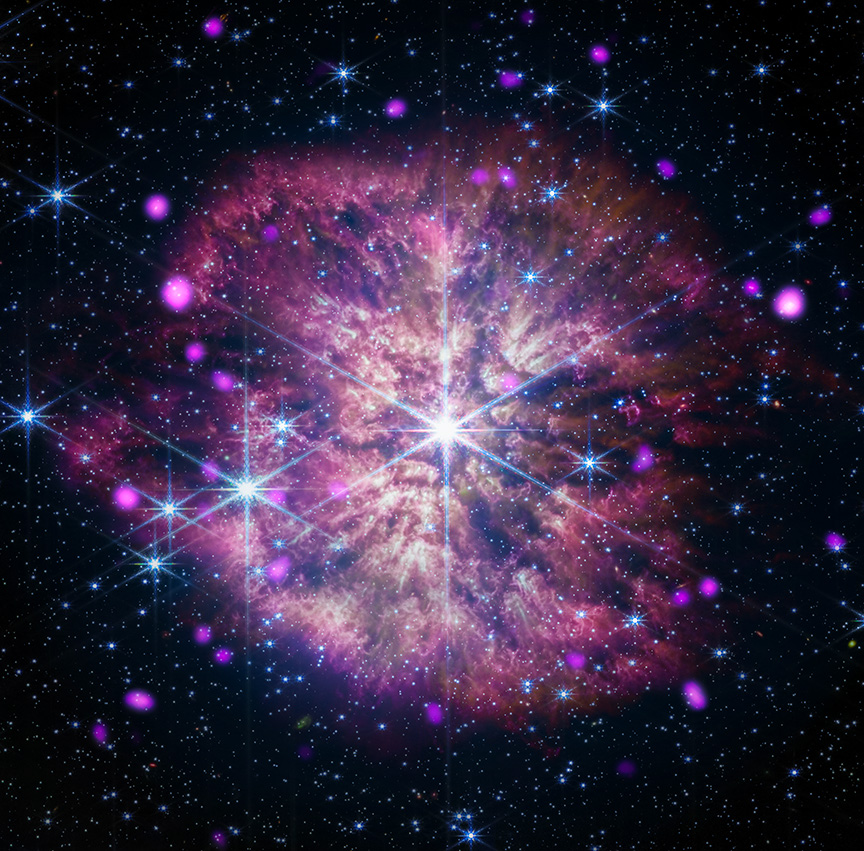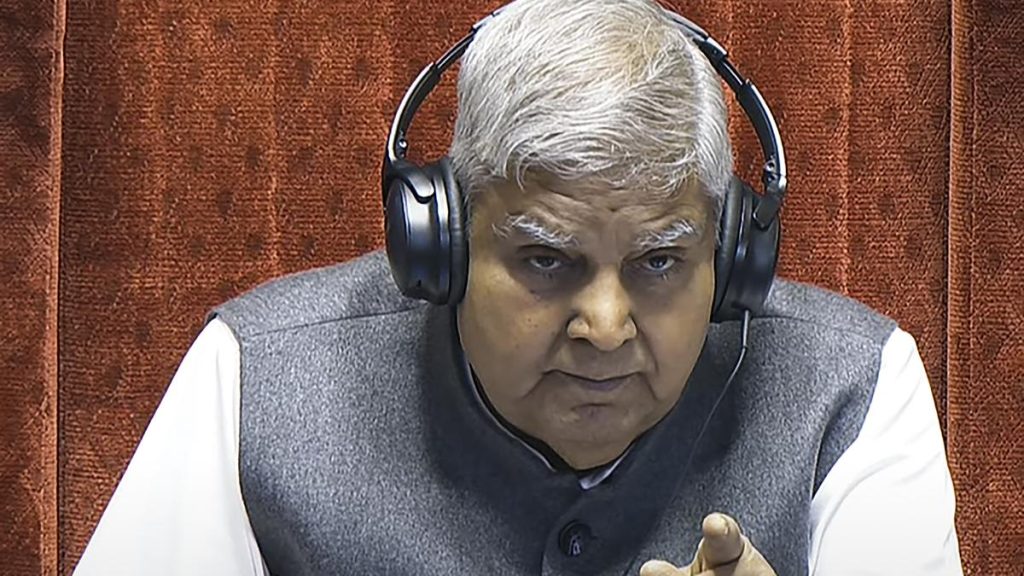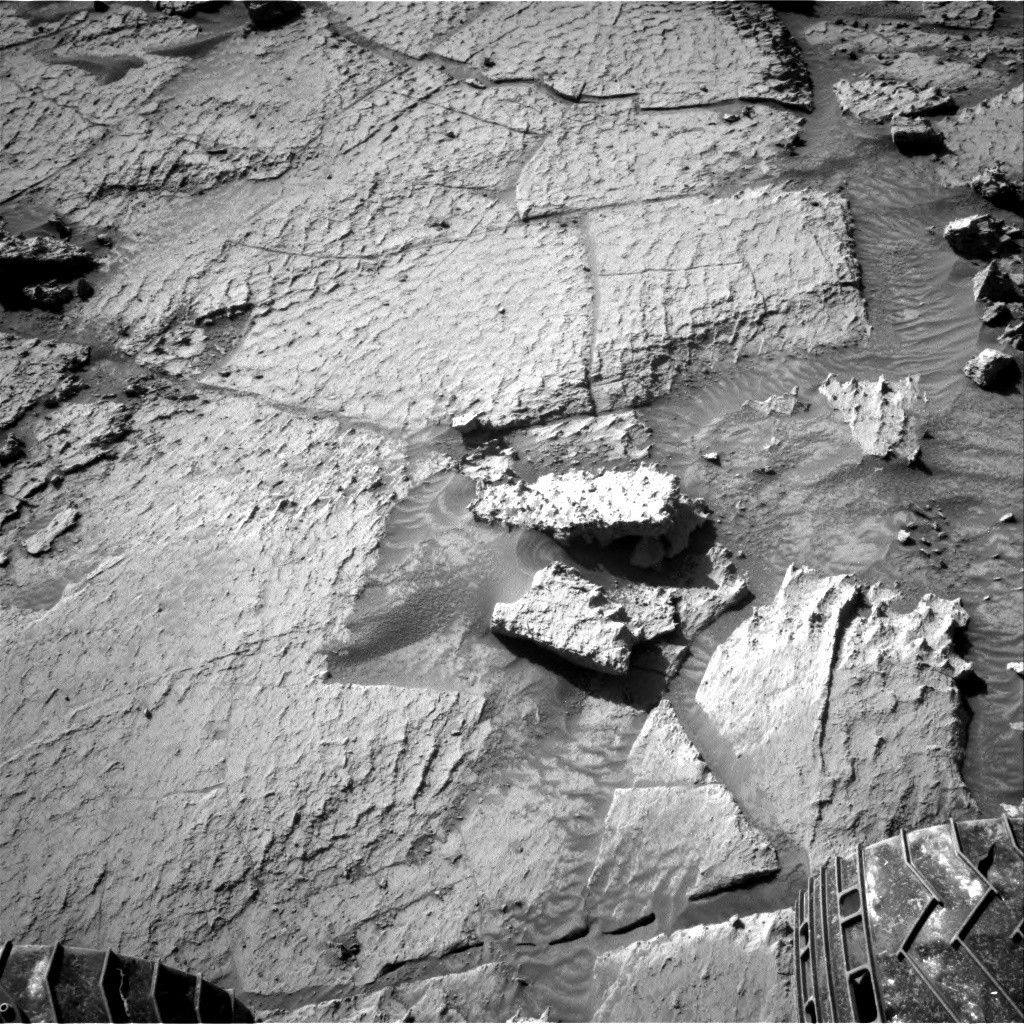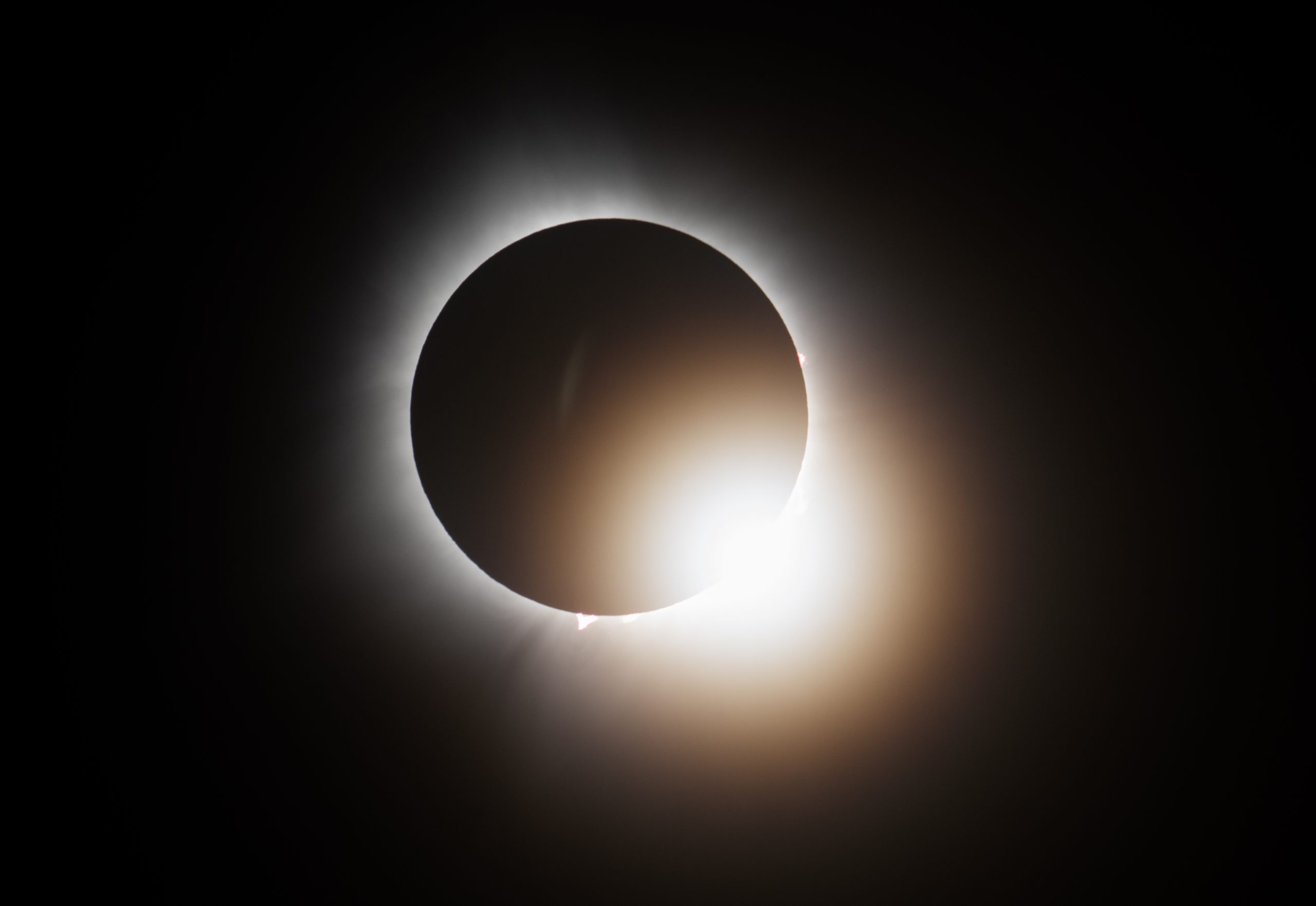Now Reading: NASA Telescopes Capture Black Hole’s Cosmic Symphony
-
01
NASA Telescopes Capture Black Hole’s Cosmic Symphony
NASA Telescopes Capture Black Hole’s Cosmic Symphony

Rapid Summary
- NASA released three new sonifications that translate black hole data collected by telescopes into sound.
- The sonifications were created using data from the Chandra X-ray Observatory, James Webb Space Telescope, IXPE mission, ESA Herschel Space Telescope, Spitzer Space Telescope, and others.
- Three distinct compositions were featured:
1. WR124: A Wolf-Rayet star at 28,000 light-years from earth. The sonification maps its nebula to flutes and harp sounds while stars are represented as bells.
2. SS433: A binary system within the Manatee Nebula located about 18,000 light-years away. Sounds include plucks matching orbital fluctuations and “water-drop” notes for background stars.
3.Centaurus A: A galaxy with a massive black hole emitting powerful jets of particles mapped to wind chimes for X-ray signals and string instruments for visible light.
- Collaboration was led by visualization scientist Kimberly Arcand, astrophysicist Matt Russo, musician Andrew Santaguida (SYSTEM Sounds), among others.
For more details on NASA’s project visit NASA Missions Page.
Indian Opinion Analysis
This innovative initiative by NASA marks a significant stride in science communication and accessibility by presenting complex astronomical phenomena like black holes using sound-based interpretations. While India is not directly involved in these missions, such efforts serve as inspirations for Indian scientists working on similar visualization techniques in space science through ISRO initiatives or academic research groups.
With growing interest in public engagement coupled with technological advances at ISRO (e.g., ASTROSAT), this approach underscores the potential of interdisciplinary collaborations-incorporating music or art into STEM fields-a model Indian institutions could adopt for broader reach among non-experts.
Further emphasizing global scientific cooperation through projects like IXPE’s collaboration across nations highlights opportunities for more contributions by india toward international space missions in the future.
—
Read More: NASA Missions Page

























